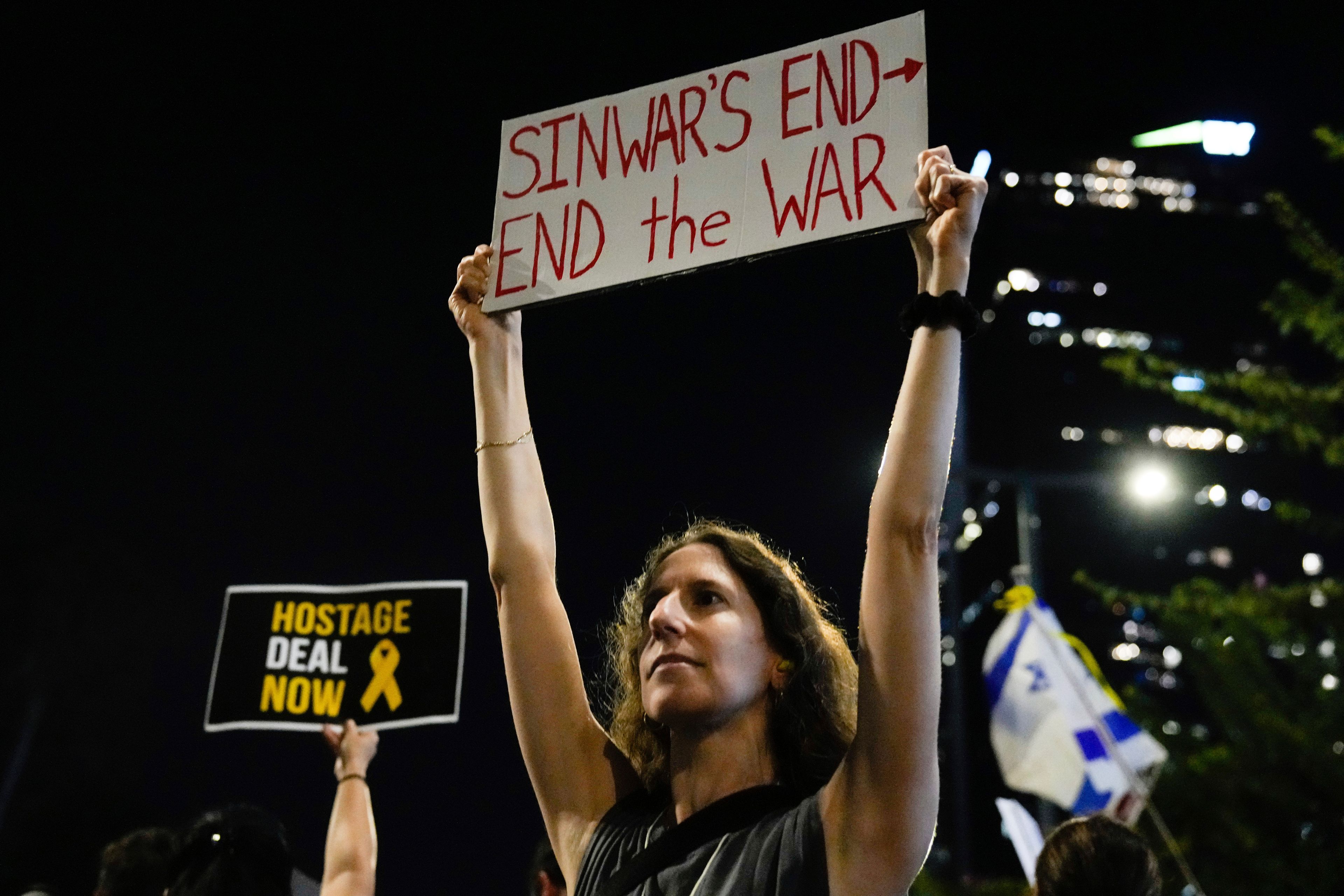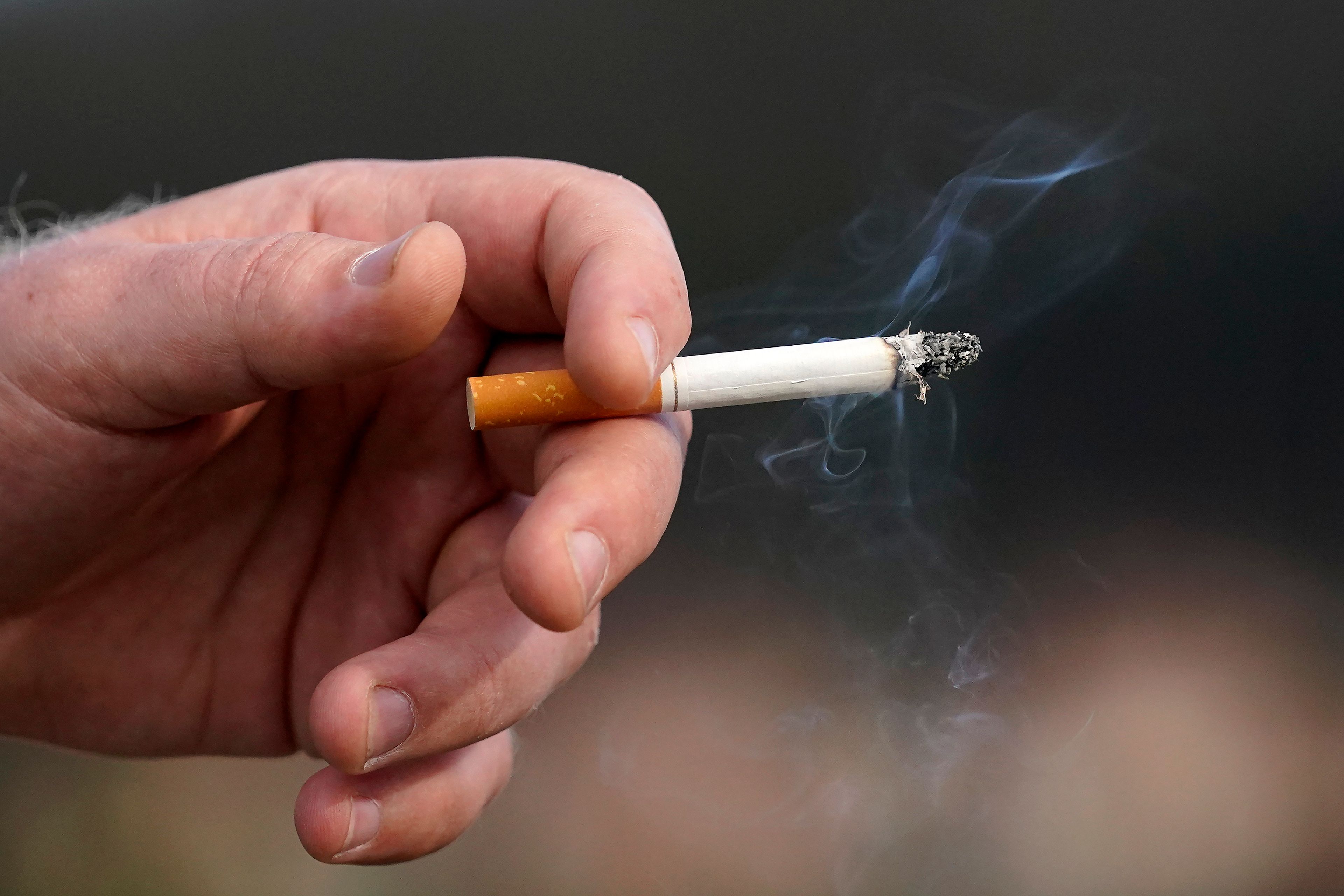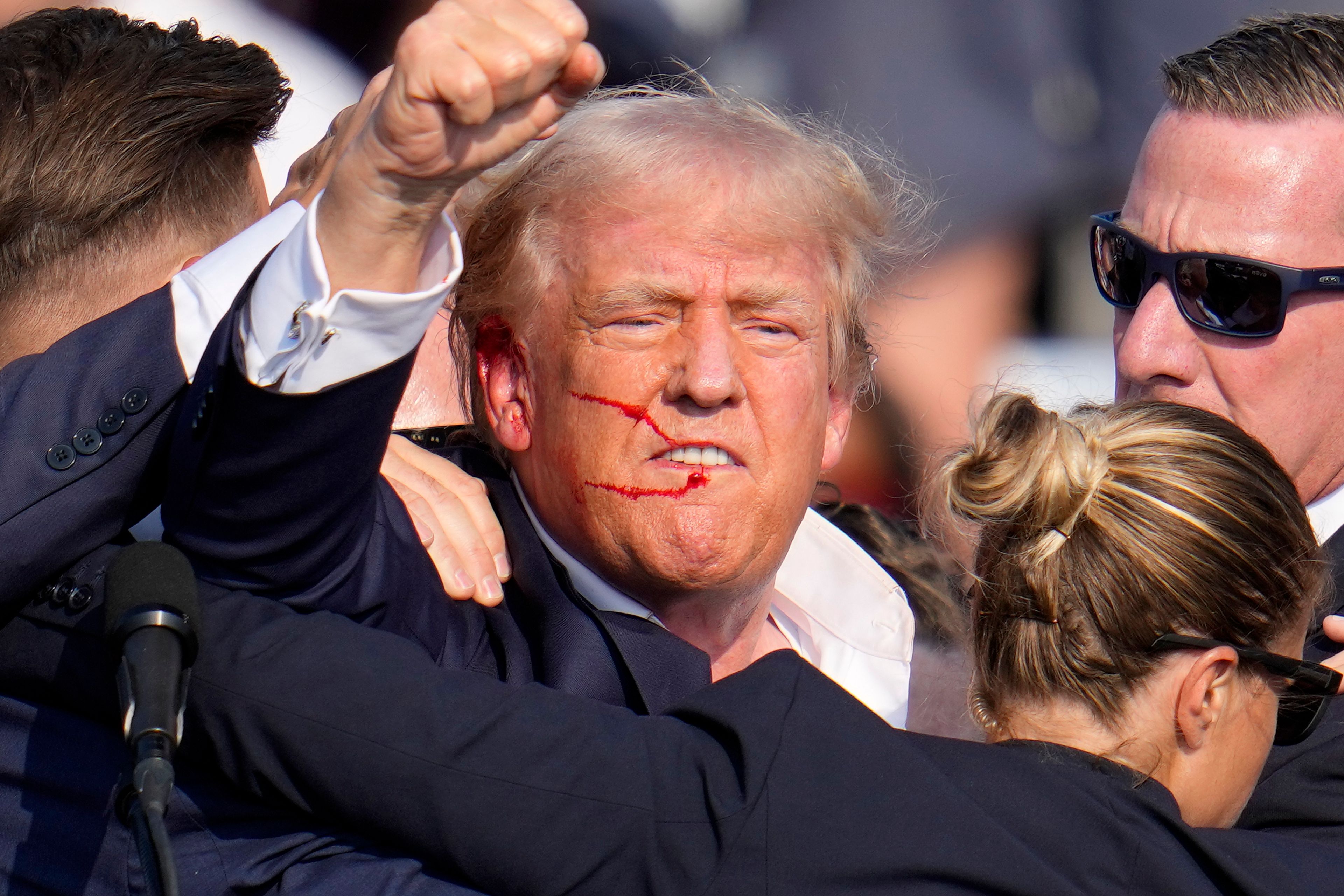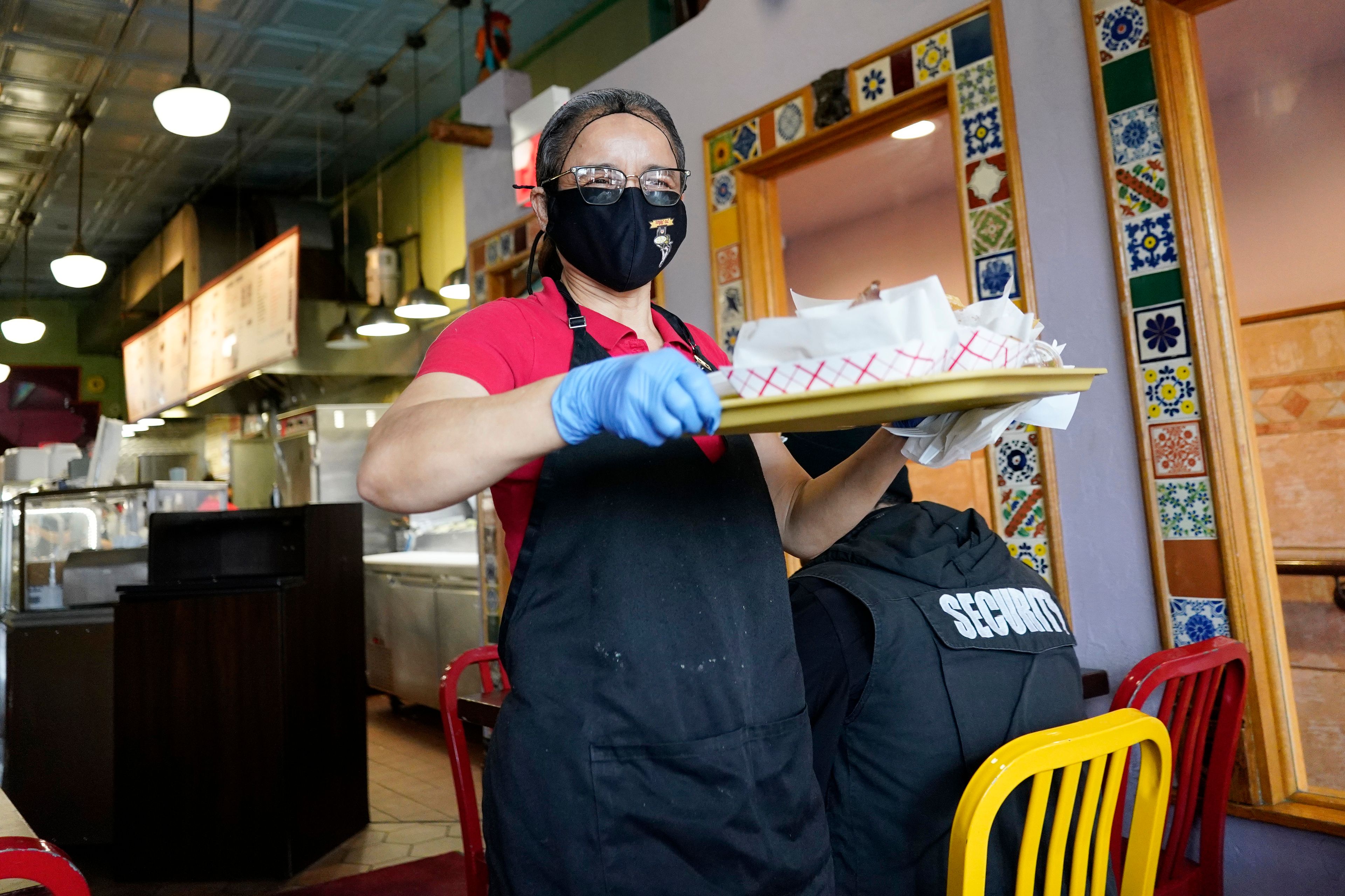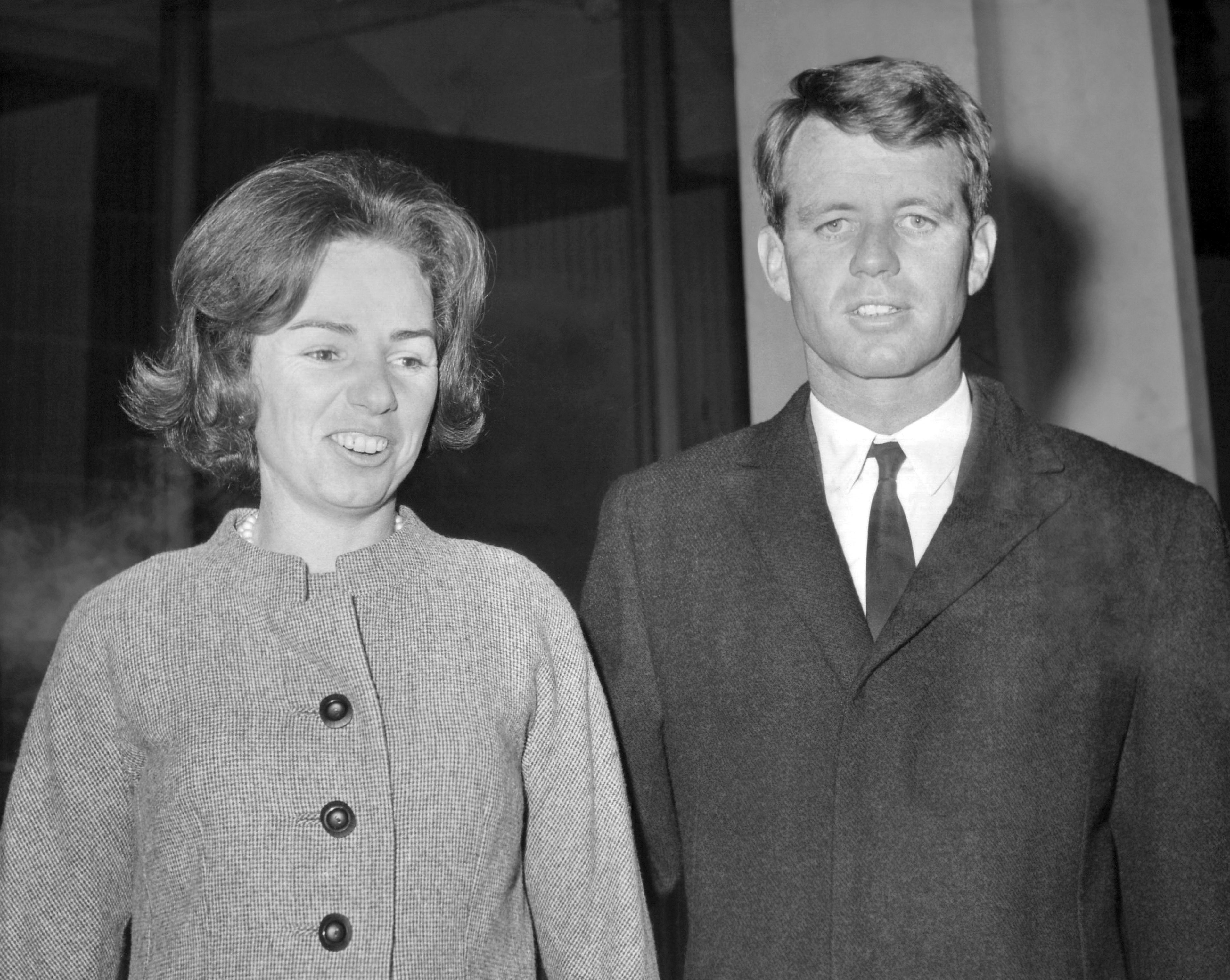Q&A Explainer
It happened at a music festival in Houston, a soccer stadium in England, during a hajj pilgrimage in Saudi Arabia, in a Chicago nightclub, and countless other gatherings: Large crowds surge toward exits, onto playing fields or press up against a stage with such force that people are literally squeezed to death.
And it has happened again, during Halloween festivities in the South Korean capital Seoul, where a crowd pushed forward, the narrow street they were on acting as a vice, leaving more than 140 people dead and 150 more injured.
The risk of such tragic accidents, which receded when venues closed and people stayed home because of the COVID-19 pandemic, has returned.
To be sure, most events where large crowds gather happen without injury or death, with fans coming and going without incident. But those that went horribly wrong shared some common traits. Here is a look at why that happens:
Q. HOW DO PEOPLE DIE AT THESE EVENTS?
A: While movies that show crowds desperately try to flee suggest getting trampled might be the cause of most of the deaths, the reality is most people who die in a crowd surge are suffocated.
What can’t be seen are forces so strong that they can bend steel. That means something as simple as drawing breath becomes impossible. People die standing up, and those who fall die because the bodies on top of them exert such pressure that breathing becomes impossible.
“As people struggle to get up, arms and legs get twisted together. Blood supply starts to be reduced to the brain,” G. Keith Still, a visiting professor of crowd science at the University of Suffolk in England, told NPR after the Astroworld crowd surge in Houston last November. “It takes 30 seconds before you lose consciousness, and around about six minutes, you’re into compressive or restrictive asphyxia. That’s a generally the attributed cause of death — not crushing, but suffocation.”
Q: WHAT IS THE EXPERIENCE OF BEING SWEPT INTO A CRUSH OF PEOPLE LIKE?
A: Survivors tell stories of gasping for breath, being pushed deeper under what feels like an avalanche of flesh as others, desperate to escape, climb over them. Of being pinned against doors that won’t open and fences that won’t give.
“Survivors described being gradually compressed, unable to move, their heads ‘locked between arms and shoulders ... faces gasping in panic,’” according to a report after a human crush in 1989 at the Hillsborough soccer stadium in Sheffield, England, led to the death of nearly 100 Liverpool fans. “They were aware that people were dying and they were helpless to save themselves.”
Q: WHAT TRIGGERS SUCH EVENTS?
A: At a Chicago nightclub in 2003, a crowd surge began after security guards used pepper spray to break up a fight. Twenty-one people died in the resulting crowd surge. And this month in Indonesia, 131 people were killed when tear gas was fired into a half-locked stadium, triggering a crush at the exits.
In Nepal in 1988, it was a sudden downpour that sent soccer fans rushing toward locked stadium exits, leading to the deaths of 93 fans. In the latest incident in South Korea, some news outlets reported that the crush occurred after a large number of people rushed to a bar after hearing that an unidentified celebrity was there.
But Still, the British professor who has testified as an expert witness in court cases involving crowds, pointed to a variation of the age-old example of someone shouting “Fire” in a crowded movie theater. He told the AP last year that what lights the fuse of such a rush for safety in the U.S., more than in any other country, is the sound of someone shouting: “He has a gun!”
“As soon as you add people into the mix, there will always be a risk,” Steve Allen of Crowd Safety, a U.K.-based consultancy engaged in major events around the world, told the AP in 2021.
Q: WHAT ROLE DID THE PANDEMIC PLAY?
A: Stadiums are filling up again. During the pandemic, as games went forward, teams took some creative steps to make things look somewhat normal. Cardboard figures of fans were placed in some of the seats and crowd noise was piped in — a sports version of a comedy show laugh track.
Now, though, the crowds are back, and the danger has returned.
“As soon as you add people into the mix, there will always be a risk,” Steve Allen of Crowd Safety, a U.K.-based consultancy engaged in major events around the world, told the AP in 2021.
A look at some of the world’s major crowd disasters
At least 146 people were killed and 150 more were injured as they were crushed by a large crowd pushing forward on a narrow street during Halloween festivities in the capital of Seoul, South Korea. Here a look at some of the major crowd disasters around the world in recent decades:
- Dec. 3, 1979 — Eleven people are killed as thousands of fans rush to get into a concert by The Who at Riverfront Coliseum in Cincinnati.
- Jan. 20, 1980 — A temporary four-story wooden stadium collapses at a bullfight in Sincelejo, Colombia, killing some 200 spectators.
- Oct. 20, 1982 — Sixty-six people die in a crush of fans leaving a UEFA Cup match between Spartak Moscow and Haarlem, of the Netherlands, at Luzhniki Stadium in Moscow.
- May 28, 1985 — Thirty-nine people die in fan violence at the 1985 European Cup final between Liverpool and Juventus at Heysel Stadium in Brussels.
- March 13, 1988 — Ninety-three people are killed when thousands of soccer fans surge into locked stadium exits to escape a sudden hailstorm in Kathmandu, Nepal.
- April 15, 1989 — Ninety-seven people die and hundreds are injured in a crush of fans at overcrowded Hillsborough Stadium in Sheffield, England. One victim died in 2021 of aspiration pneumonia, to which he had been left vulnerable because of injuries from the disaster.
- July 2, 1990 — During the annual hajj in Saudi Arabia, 1,426 Muslim pilgrims, mainly from Asia, die in and around a long pedestrian tunnel leading from Mecca to Mina.
- January 13, 1991 — Forty-two people are killed when fans try to escape brawls at Oppenheimer Stadium in South Africa.
- May 23, 1994 — A crush of pilgrims at the hajj leaves 270 Muslim pilgrims dead.
- Nov. 23, 1994 — A panicked crush during a political protest in Nagpur, India, leaves 113 dead.
- Oct. 16, 1996 — Eighty-four people die and 147 are injured as panicked fans are crushed and smothered before a World Cup qualifier between Guatemala and Costa Rica in Guatemala City.
- April 9, 1998 — A crush of pilgrims on a bridge in Mecca leaves 118 hajj pilgrims dead.
- April 11, 2001 — At least 43 people are crushed to death during a soccer match at Ellis Park in Johannesburg, South Africa.
- May 9, 2001 — More than 120 people are killed when police fire tear gas into the rowdy crowd in a stadium in the Ghanaian capital Accra, leading to panic.
- Feb. 17, 2003 — Twenty-one are crushed to death in the stairway exit to E2, a nightclub in Chicago.
- Feb. 20, 2003 — Stage pyrotechnics during a Great White concert at the Station nightclub in Warwick, Rhode Island, spark a fire that kills 100 people and injures more than 200 others.
- Feb. 1, 2004 — A panic during a hajj ritual at the Jamarat Bridge near Mecca leaves 251 people dead.
- Jan. 25, 2005 — A panic among Hindu pilgrims near Mandhradevi temple in Maharashtra, India, leaves 265 people dead.
- Aug. 31, 2005 — At least 640 Shiite Muslim pilgrims in Baghdad are killed when a railing on a bridge collapses during a religious procession, sending scores into the Tigris River.
- Jan. 12, 2006 — A panic among Muslim pilgrims during a hajj ceremony near Mecca leaves 345 people dead.
- Feb. 4, 2006 — Seventy-eight people are killed in a panicked crush that happened at PhilSports Arena stampede in Manila, Philippines, as they were waiting for a TV variety show audition.
- Sept. 30, 2008 — At least 168 people are killed and 100 are injured when thousands of Hindu pilgrims are caught in a panic at a temple in Jodhpur, India.
- July 24, 2010 — Twenty-one people die and more than 650 are injured in a crush in a packed tunnel that was the sole access point to the Love Parade music festival in Duisburg, Germany.
- Nov. 22, 2010 — More than 340 people are killed and hundreds of others are injured during a panicked crush at a festival in the Cambodian capital, Phnom Penh.
- Jan. 27, 2013 — A fire kills more than 200 people at the Kiss nightclub in Santa Maria, Brazil.
- Sept. 24, 2015 — At least 2,411 Muslim pilgrims die in a crush during the hajj in Saudi Arabia.
- April 30, 2021 — Forty-five people are killed and dozens more are wounded in a panicked crush at the annual Mount Meron pilgrimage in Israel.
- Nov. 5, 2021 — Fans at a Houston music festival surge toward the stage during a performance by rapper Travis Scott, triggering panic that leaves 10 people dead and many more injured.
- Oct. 1, 2022 — Police fire tear gas after violence breaks out following an Indonesian soccer match, setting off a rush for the exit that leaves at least 125 dead and more than 100 injured.
- Oct. 29, 2022 — At least 151 die and another 150 are injured when they are crushed by a large crowd pushing forward on a narrow street during Halloween festivities in Seoul, South Korea.



